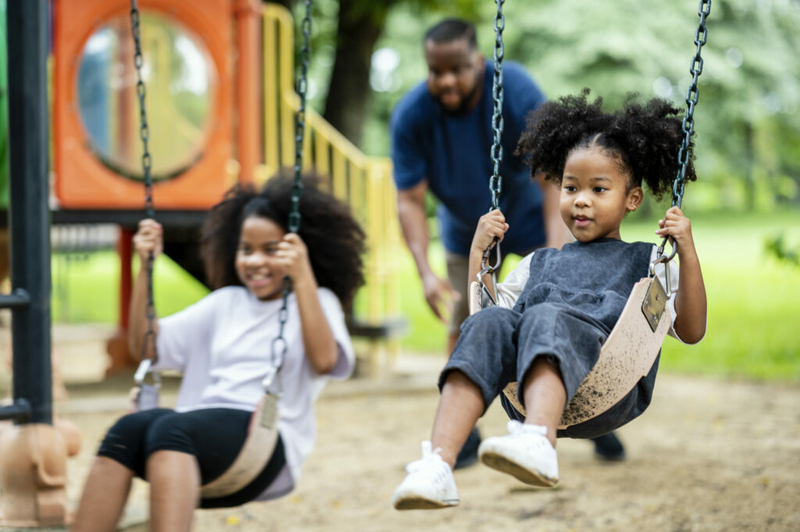Every Tennessee city deserves safe, high-quality parks

You may be looking for safe and easy ways to get some exercise and fresh air with your kids. You may have moved to Tennessee from the West Coast during the pandemic because you love the great outdoors — so much so that you gave up your car. You may be a retiree with fond memories of hanging out in the local park with your friends. You may have once faced a grinding daily commute to your job, but the opening of a new trail near your home makes it possible to now exercise while cycling to work.
What do all of these Tennesseans have in common? For them, our parks and public spaces are more than amenities; they’re a way of life.
Gaining a precise understanding of our parks’ health and wellness benefits is why Trust For Public Land issues the ParkScore
- Park Access, or the total percentage of residents living within a 10-minute walk of a park.
- Park Equity, which looks at park space per person in neighborhoods where residents identify as people of color or lower-incomes.
- Park Acreage, a city’s median park size and the percentage of total city area dedicated to parks.
- Park Investment, which measures park spending per resident.
- Park Amenities, like basketball hoops, off-leash dog parks, and playgrounds.
Across Tennessee, we’re seeing big gains in our cities’ ParkScore rankings. Memphis is a great example, having more than doubled their annual park spending per resident compared to just five years ago. This trend is comparable to great strides made by other mid-sized cities across the United States.
This progress is real and commendable, but unfortunately the analysis shows us that the equity gap isn’t actually closing. In many cases, parks may still be absent from parts of your town that have already experienced years of disinvestment. The implications can be painful.
For instance, many people understand intuitively that park access correlates with improved public health outcomes related to issues like obesity, heart disease, and hypertension. Our research finds that there are also incredible mental health benefits. Residents in the top 25 highest-ranking cities are nine percent less likely to report poor mental health than are residents of lower ranking cities. Residents of these higher-ranking cities are also 21% less likely to be physically inactive. This correlation holds true even after controlling for race/ethnicity, income, age, and population density.
In a time when the U.S. Surgeon General has named “loneliness, isolation, and lack of connection” as a legitimate and worsening public health crisis, cities owe it to themselves to think seriously about how they can help their most vulnerable residents. The good news is that these are problems we can correct and the solutions may be literally in our own backyards.
Of course, your city’s ParkScore is a data point, not a plan. Improving park access everywhere will require sustained leadership from mayors, business leaders, and other partners who will commit to the idea that everyone deserves access to these abundant health and safety benefits.
These commitments are not revolutionary, but their impact can be life-changing. Most people love the idea of a park in their neighborhood that encourages everyday outdoor activity. They see parks as platforms for gatherings, events, special occasions, and meaningful moments with friends and family — which is why making the trek to “signature parks” downtown isn’t always realistic. They value connectivity through trails like Chattanooga’s South Chickamauga Creek Greenway, which just celebrated its one-year anniversary after a construction process that took more than 30 years, but now provides high-quality park access to 30,000 residents.
Tennessee’s future can be built on a network of these safe, high-quality parks and trails, serving every corner of our cities and starting with these corners that have been left behind the longest. Local leaders who want to make an immediate impact on every family’s health and happiness should understand the incredible return generated by every single dollar they choose to invest into building better parks — and residents should insist that those investments continue and increase!
As they do, TPL will continue to fight alongside thousands of families like yours who rely on parks to make your cities healthier, more connected, and equitable for everyone.
Noel Durant is the Tennessee State Director for Trust For Public Land. For more information on TPL’s ParkScore, visithttps:/ www.tpl.org/parkscore.








